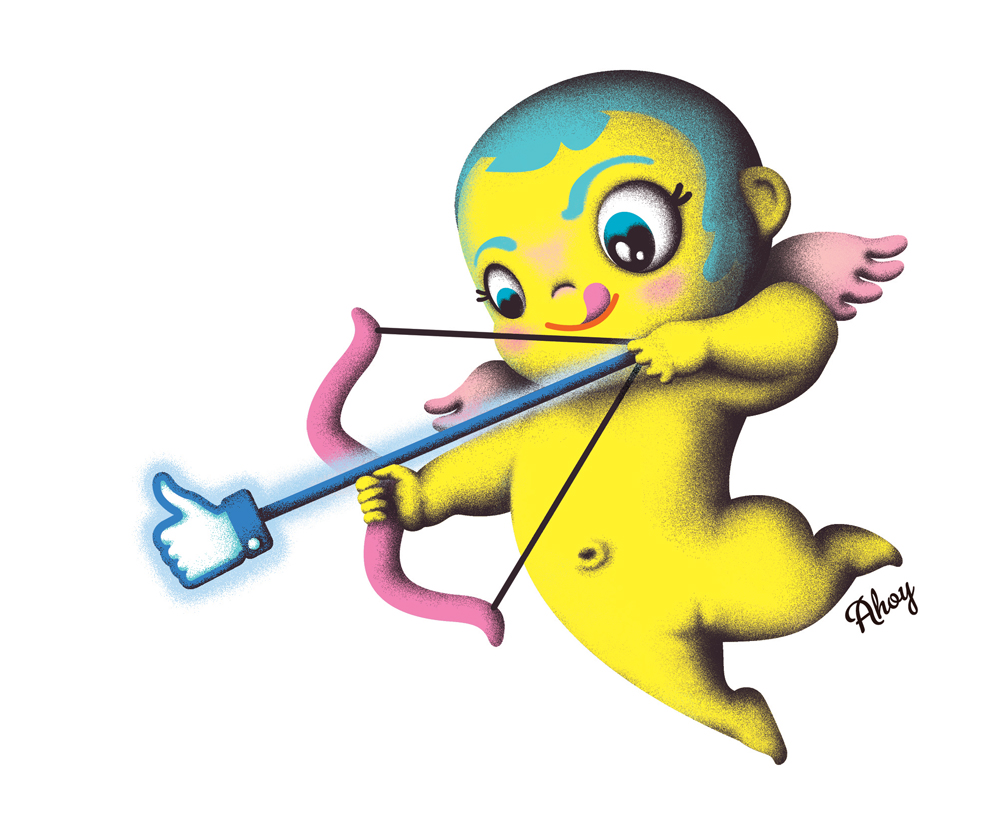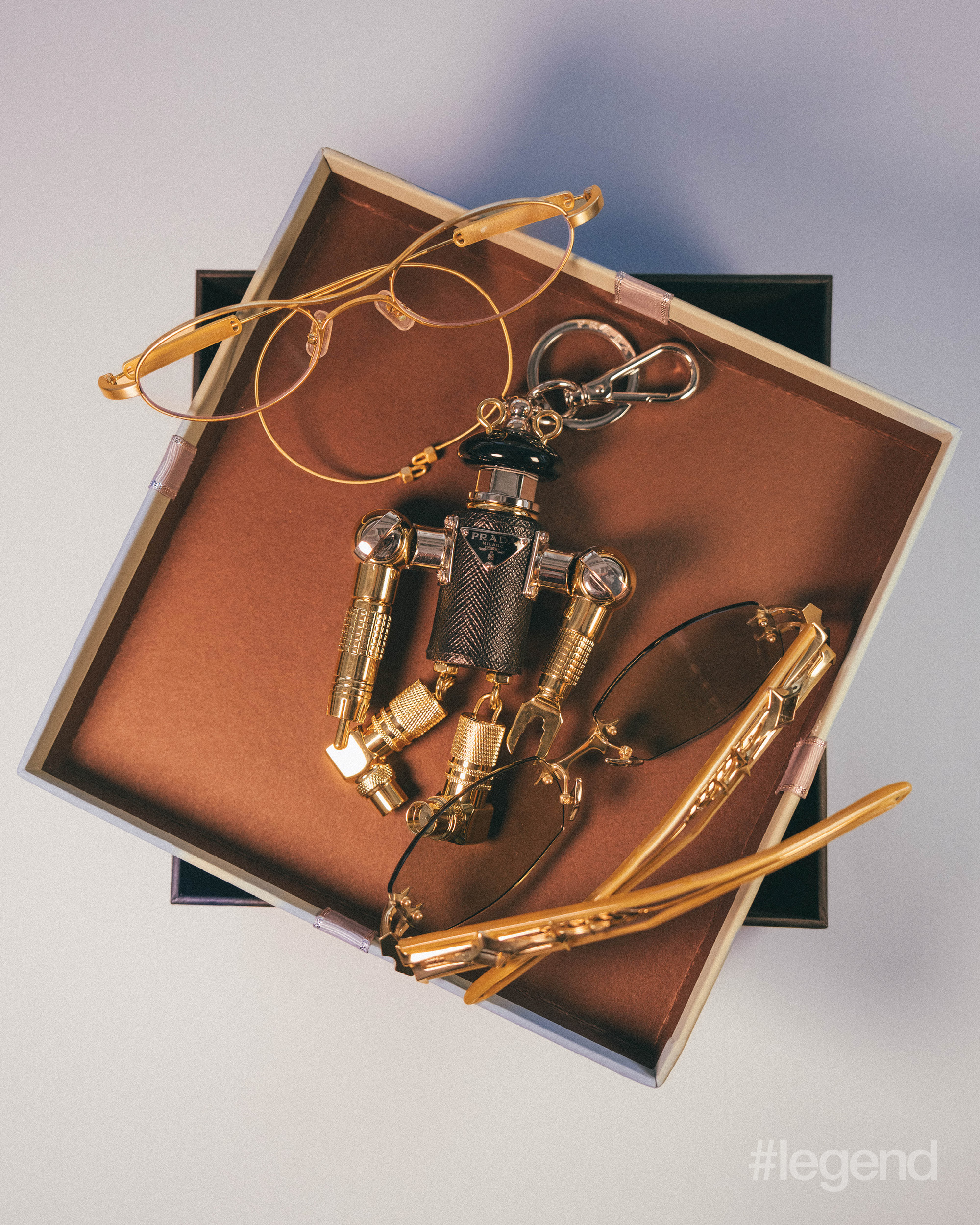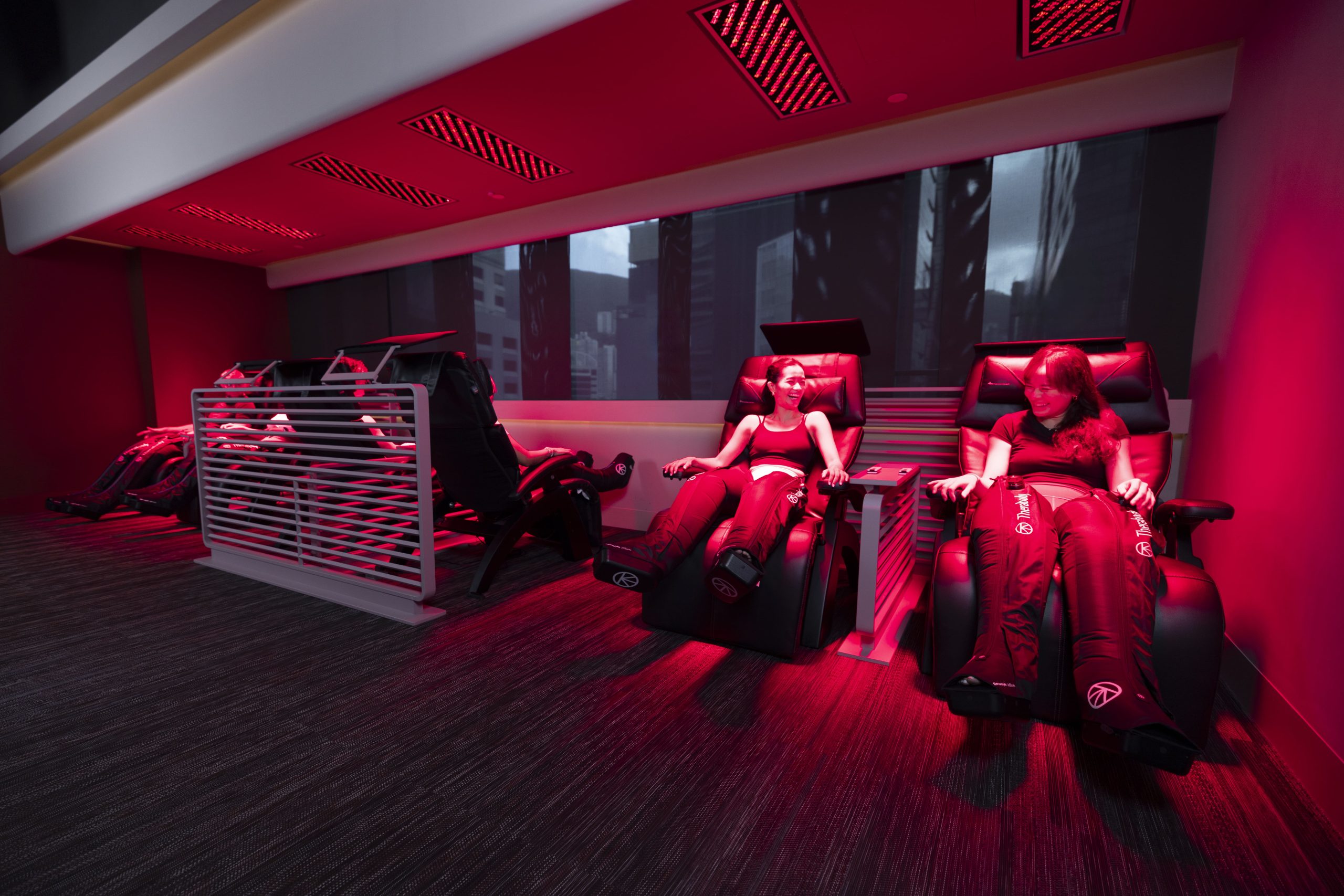
It’s Saturday night and everyone’s at the bar looking at their phones. Welcome to Dating 2.0, where everyone is waiting for the next best thing to see them through the rest of the night, if not the rest of their lives, to pop up on their screens so that they can swipe left or right.
Whatever happened to meeting someone the analogue way: on a blind date, a chance encounter in a busy street, through work or while getting coffee at Starbucks?
Blame it on the broadband. Upping everyone’s connection speeds has contributed to an on-demand culture that gives new meaning to the phrase “living in the now”. Because right here, right now, is all we want, feeding our constant cravings without ever really sating them. It’s lethal, it’s frustrating, it’s exhilarating, it’s addictive and we’re doomed. Download-a-date: that’s today’s reality.
The proximity dating apps continue to proliferate. Grindr is the big daddy of them all, the hook-up app that allows gay men to look for the next big thing by scrolling through a series of profiles within a prescribed distance, their faces generously accompanied by corresponding images that reveal a lot of flesh.
It’s the bathhouse of the ’80s in a virtual platform, with instant visual vetting, the end game being, almost always, sex. I mean, let’s face it, on Grindr you’re certainly not looking for conversation.
You may be on Tinder, Grindr’s heterosexual offspring. While Tinder does allow for same-sex swipes, it tends to be more popular with straight people. It didn’t start out so blatantly as a hook-up app. Some of my girlfriends say they chat for weeks before they even meet up with a Tinder match. Others arrange the face-to-face sooner but with a backup plan in case the guy turns out to be a serial killer, because, as we all know, you can always fake your online profile.
I know someone who cross-checks her prospective matches with real single-mindedness. She goes all CSI on the guy, looking at his LinkedIn profile, noting where he went to school, verifying the acceptance rate of that university or grad school to assess his intelligence, scrolling through his Instagram feed for more clues about his income, social standing, sophistication, family ties and past girlfriends.
Then she asks for the “money shot”.
You have to admire her. She knows what she wants: Ivy League, finance or tech, sporty, fit and circumcised. Most women, however, prefer to see where things lead and would never ask for a flesh pic, much less be interested in receiving an unsolicited picture. Unfortunately there are some men who seem to think that women they have never met want to see their penis in its tumescent explicitness. Such are the perils of dating in the digital age. You can try blocking the images but it takes greater skill to completely filter out the creeps.
Bumble, another dating app, profits from Tinder’s notoriety and restores, or so it says, the power of initial contact to women. A man has to wait for a woman he’s interested in to reach out within 24 hours. No chat, and there’s no taking this to any level whatsoever.
For those brought up to believe that a man should make the first move, this can be both off-putting and empowering, as a host of issues come into play: the possibility of rejection, assuming a role that is traditionally assumed by men, dealing with the pressure of time running out. It’s one thing to say “just go for it” and quite another to wonder if he’s really worth it.
The Grade helps you out with that last question. Think of it as the Yelp of dating apps: prospective matches come with, literally, a grade from A+ to F, thanks to a sophisticated algorithm that assesses a man’s quality according to popularity, responsiveness and message quality. If he doesn’t make the grade, he’s out.
Call me a Luddite, I mean, technology’s great and can make for a fun date, but I still prefer the frisson of possibility that comes with meeting someone in the real world.





